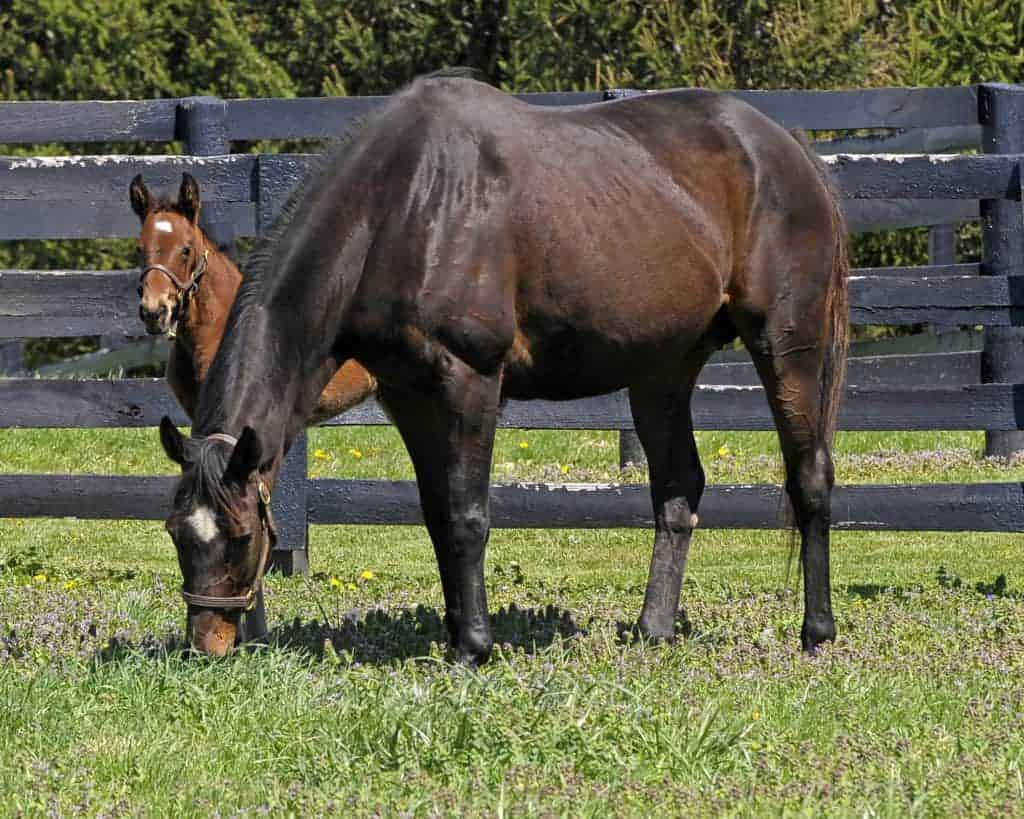Foundation Commits $1.16 Million to Equine Research
Research topics include EHV-1 latency, foal pneumonia, training and surface factors in preventing injury, and more.
Research topics include EHV-1 latency, foal pneumonia, training and surface factors in preventing injury, and more.
Tweets and take-homes from the equine lameness and colic sessions at the 2016 Western Veterinary Conference.

From 2002 to 2014, researchers identified a fatality rate of 0.32 per 1,000 starts in endurance horses.

Studies focused on ophthalmology, gastrointestinal disease, foal medications, pain management, and more.

Recaps of studies on colic outcomes, treatments for joint problems, respiratory surgery, and more.

Vets can use SAA levels to differentiate between systemic inflammation and noninflammatory diseases in horses.

With multiple approaches to handling ileus, one vet thinks a firm definition of the condition could help outcomes.

Tweets and take-homes from the Milne lecture and sessions on colic, digestive health, pathology, and more.

Hope Douglas, VMD, will discuss types of colic, as well as evaluation and treatment both in the field and in a hospital.

Researchers found that firocoxib and flunixin reduced horses’ pain scores similarly following colic surgery.

The researchers are also seeking veterinarian and horse owner input for surveys on recognizing and diagnosing colic.

Most impaction colics studied (53.4%) resolved without treatment or with simple medical therapy on the first visit.

Dr. Anthony Blikslager offers insight to vets on recognizing horses in pain and covers drug therapy options.

Being prepared in advance can help horse owners handle this scary situation as well as possible.

Before you hit the asphalt trail, consider these expert tips to make sure your horse arrives healthy and happy.

Veterinarians can’t manage all colics with NSAIDs alone. Learn about the other medication options they have.
Stay on top of the most recent Horse Health news with
"*" indicates required fields